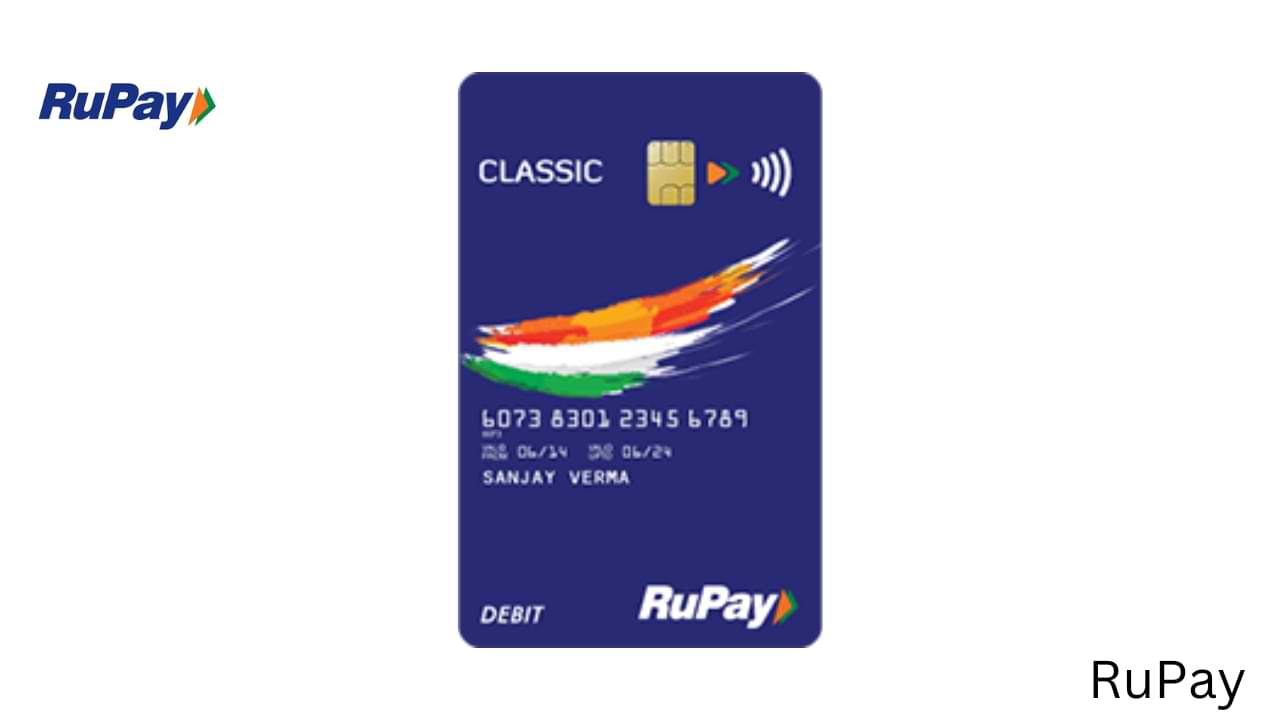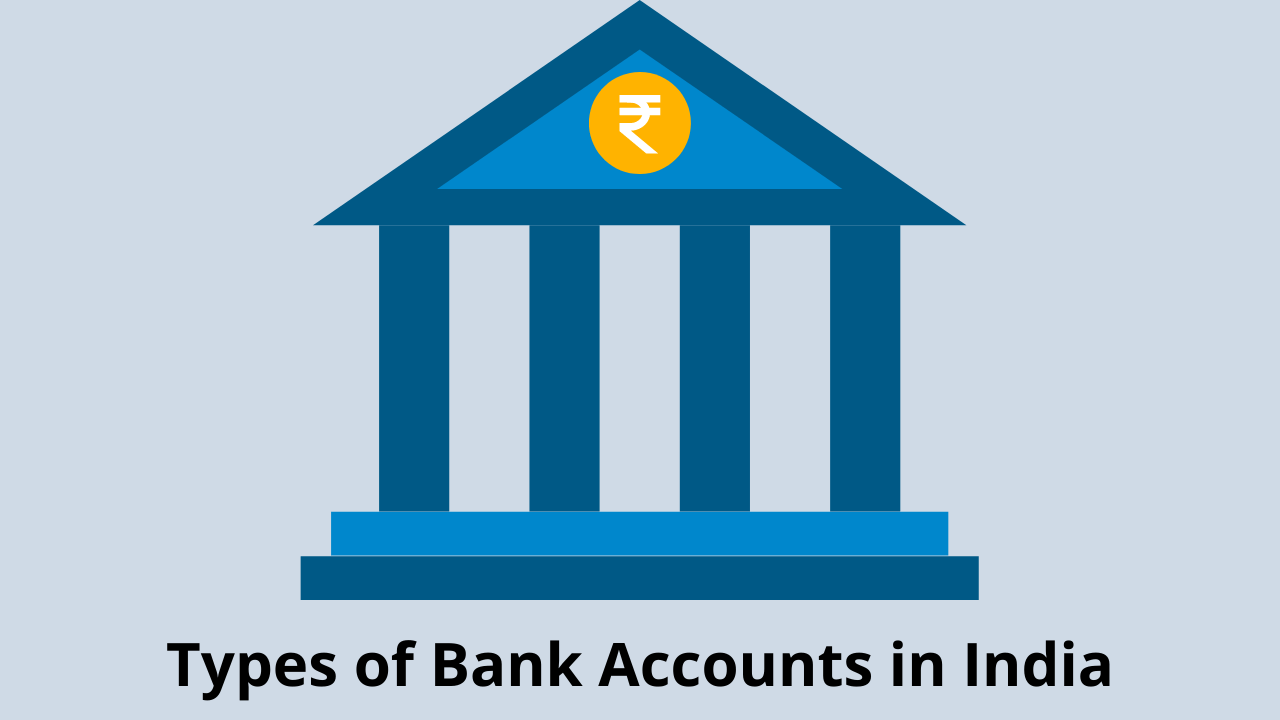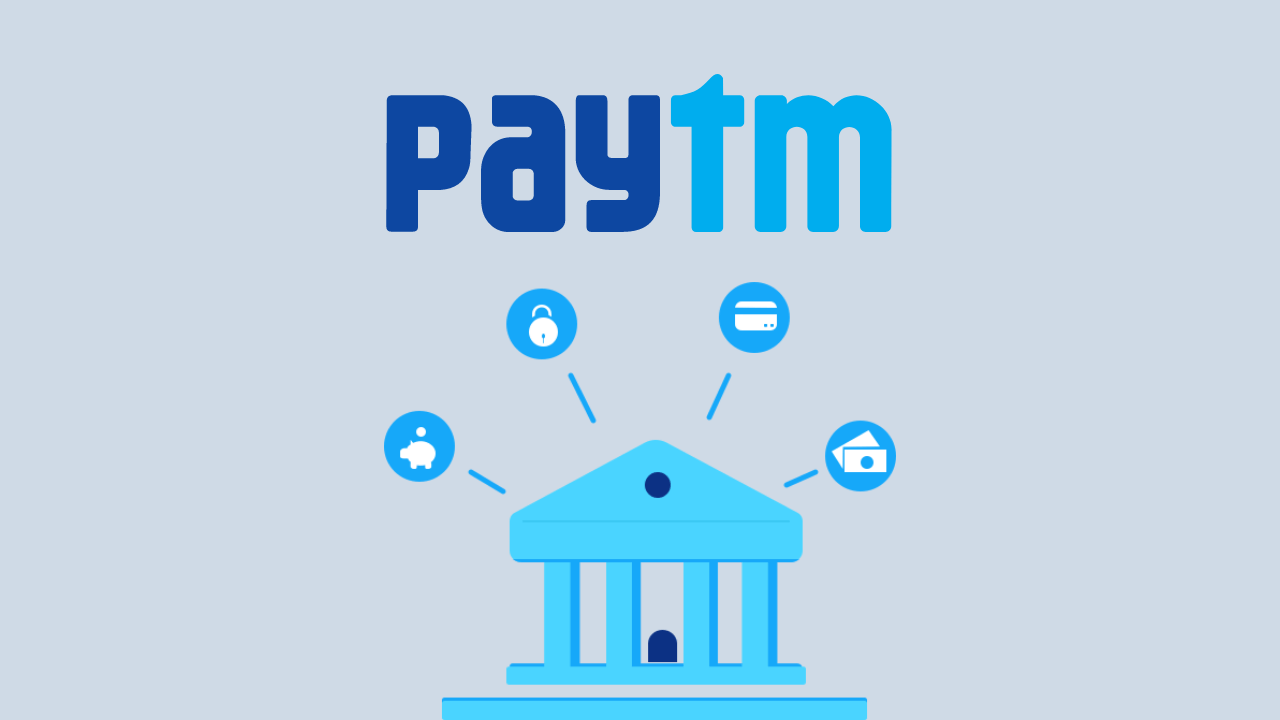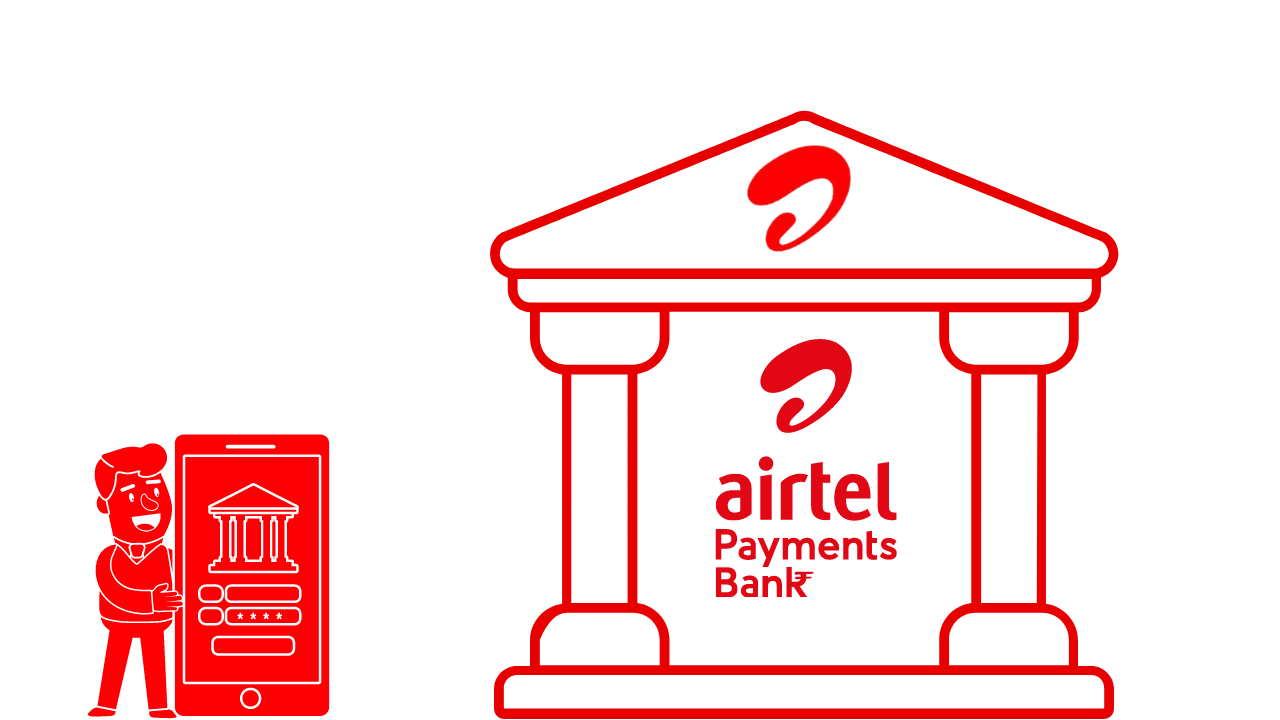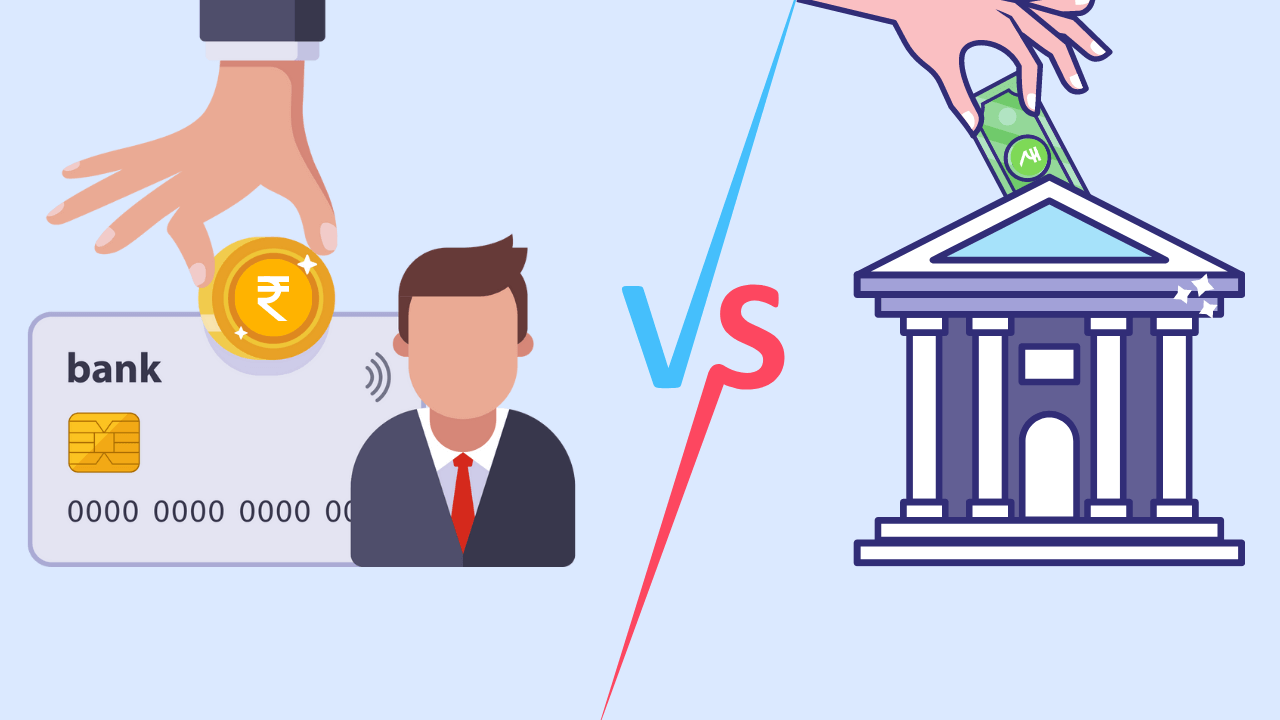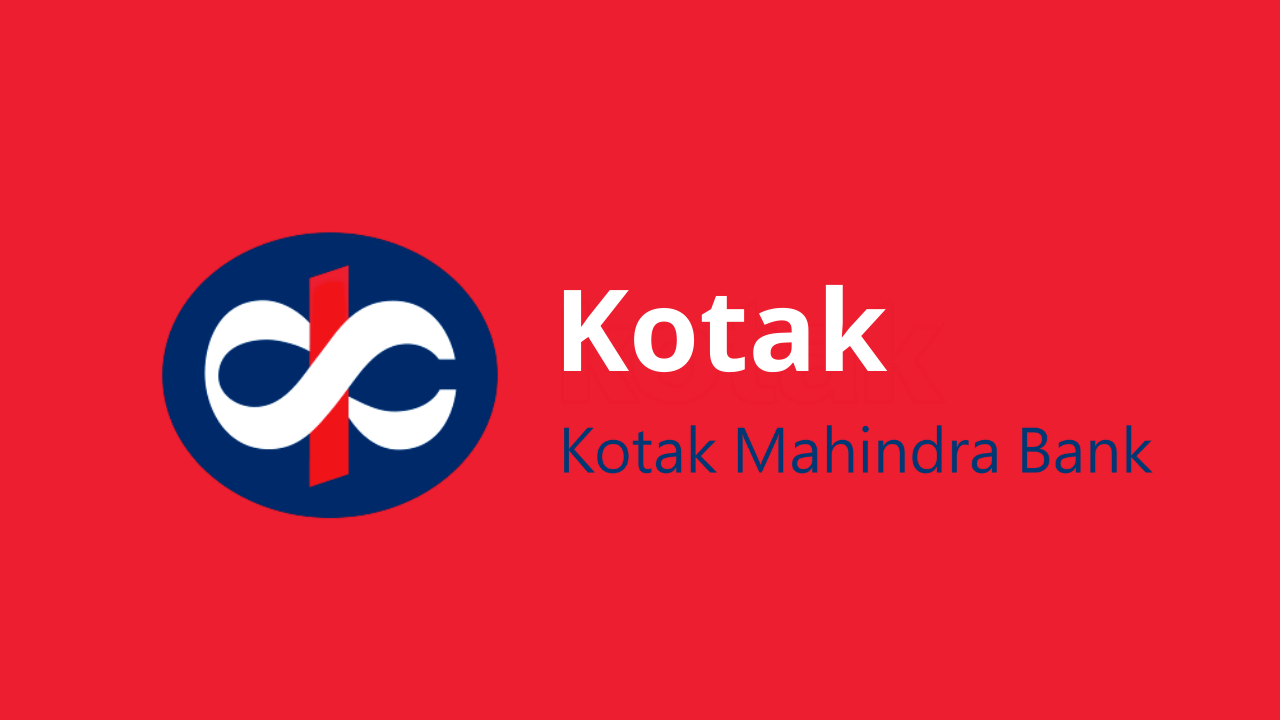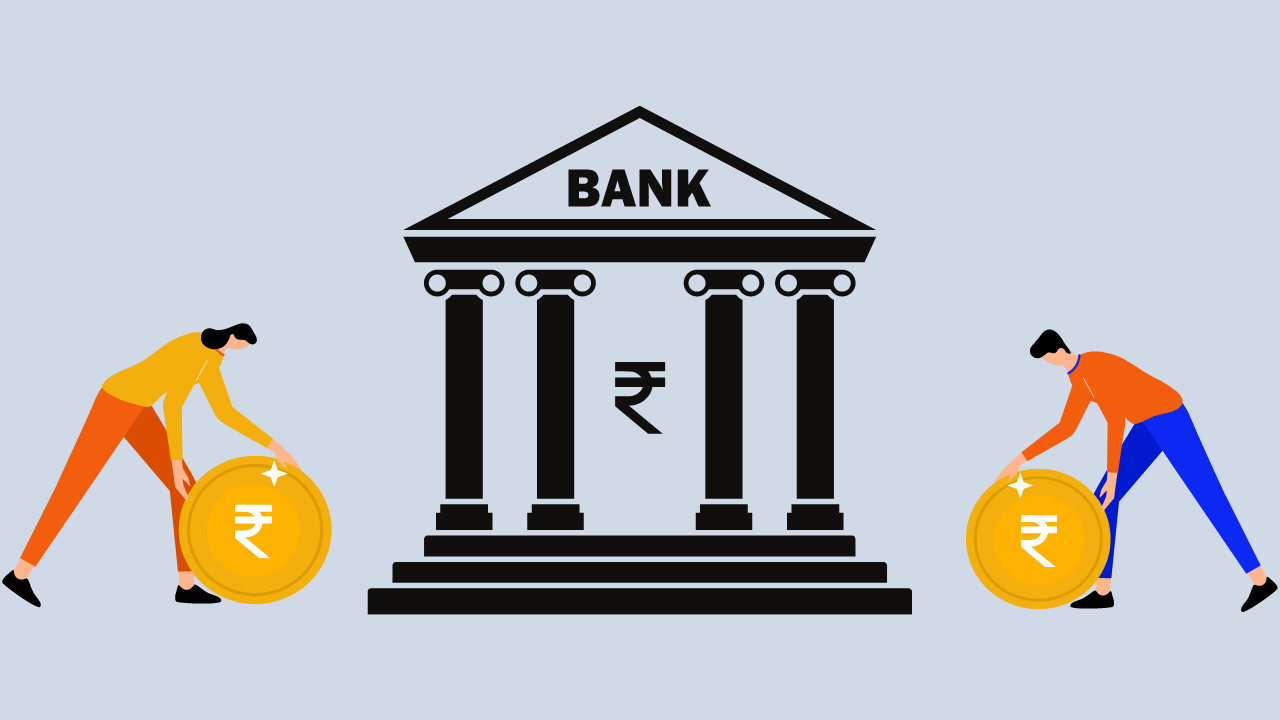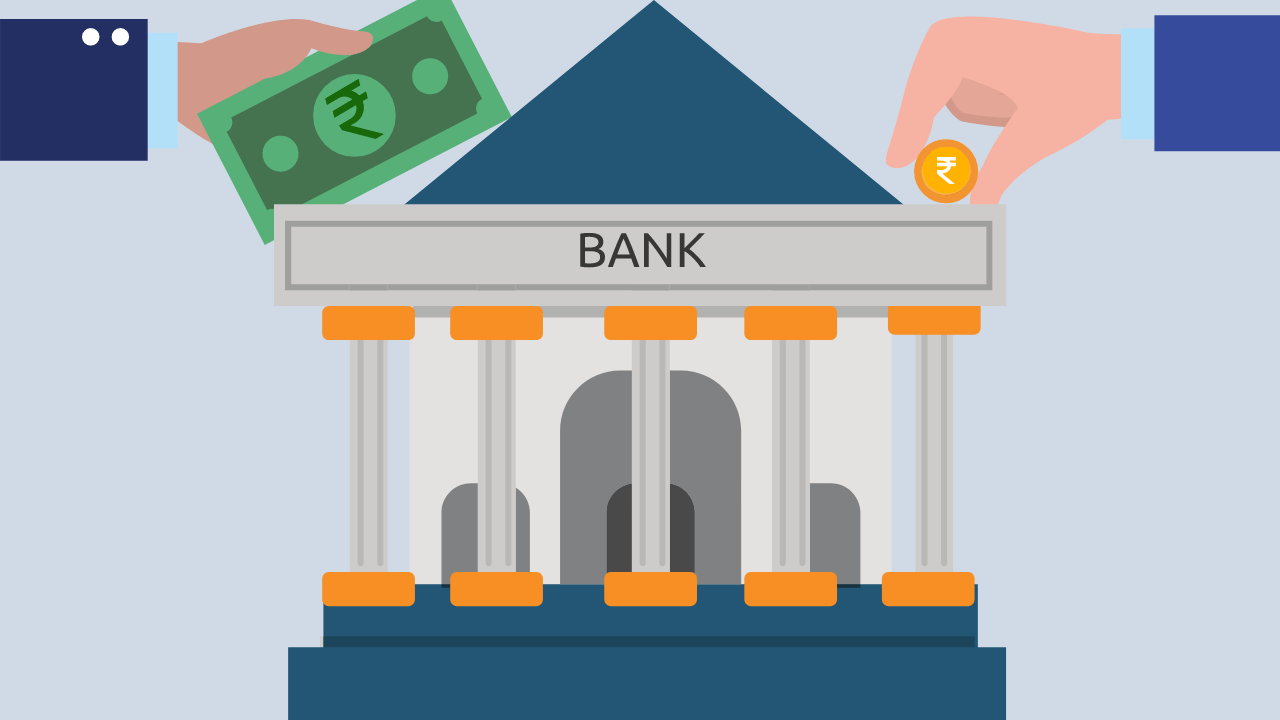RuPay is a domestic payment card network in India, launched by the National Payments Corporation of India (NPCI). It is similar to Visa and Mastercard in that it allows cardholders to make purchases and withdraw cash at merchants and ATMs. However, there are a few key differences between RuPay and these international payment networks:
What is RuPay Card?
RuPay is a domestic card payment network in India, launched by the National Payments Corporation of India (NPCI) in 2012. It is an alternative to international card payment networks such as Visa and Mastercard and is primarily targeted at Indian consumers. RuPay cards can be used at merchants and ATMs across India, and are accepted at most point-of-sale terminals and online merchants in the country. RuPay also offers a range of financial products and services, including debit cards, credit cards, and prepaid cards.
What is Visa Card?
A Visa card is a type of credit or debit card that is issued by Visa, a financial services company based in the United States. The Visa card can be used to make purchases at merchants or online that accept Visa, as well as to withdraw cash at ATMs. The owner of the Visa card company is Visa Inc., a publicly traded company with shareholders.
What is Master Card?
Mastercard is a global payment and financial services company that operates in over 210 countries. It is a publicly-traded company, with shares listed on the New York Stock Exchange. Mastercard is headquartered in Purchase, New York, and is led by CEO Ajay Banga. The company was founded in 1966 as Interbank Card Association and later changed its name to Mastercard in 1979. Mastercard offers a range of payment and financial services, including credit and debit cards, prepaid cards, and digital payment services such as Mastercard Paypass and Mastercard Pay with Rewards
How is the RuPay card different from Visa and Mastercard
However, RuPay is different from Visa and Mastercard, which are the two major international card payment networks that operate globally. Here is a step-by-step comparison of RuPay, Visa, and Mastercard:
Acceptance
RuPay is accepted at a wide range of merchants and ATMs within India, including government portals, petrol pumps, and retail outlets. However, it may not be accepted at all international merchants and ATMs, as it is a domestic payment network. Visa and Mastercard, on the other hand, have a global reach and are accepted by most merchants and ATMs around the world.
Fees
RuPay charges lower fees to merchants compared to Visa and Mastercard. This is because NPCI operates on a non-profit basis and aims to make card payments more accessible to consumers and merchants in India.
Issuers
RuPay cards are issued by banks in India, while Visa and Mastercard cards are issued by banks and financial institutions around the world.
Ownership and geographical reach
RuPay is owned by NPCI, which is a non-profit organization owned by banks in India. Visa and Mastercard, on the other hand, are global payment networks owned by publicly traded companies. RuPay is only accepted within India, while Visa and Mastercard are accepted in over 200 countries around the world.
Card types
RuPay offers a range of card options including debit, credit, and prepaid cards, while Visa and Mastercard mainly offer credit and debit cards.
Security
RuPay, Visa, and Mastercard all use advanced security measures to protect against fraud and unauthorized transactions. RuPay uses a combination of EMV chips, secure encryption, and tokenization to protect cardholder data. Visa and Mastercard also use EMV chips and secure encryption to protect against fraud.
Rewards and perks
Both Visa and Mastercard offer a range of rewards and perks for cardholders, including cash back, travel rewards, and discounts at participating merchants. RuPay does not currently offer any rewards or perks to cardholders.
Features
RuPay offers a range of features that are similar to Visa and Mastercard, including contactless payments, online payments, and ATM transactions. However, RuPay also offers additional features such as e-signature, e-mandate, and e-KYC that are specific to the Indian market.
In summary, RuPay is a domestic card payment network in India that offers lower transaction fees and wide acceptance at merchants within the country. However, it may not be accepted at international merchants or ATMs outside of India. Visa and Mastercard are global card payment networks that offer wider acceptance and a range of rewards, but may have higher transaction fees

